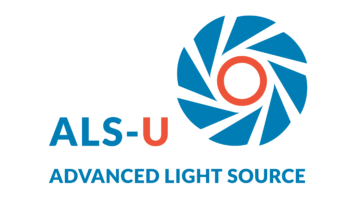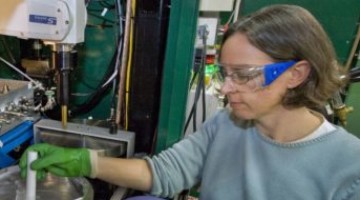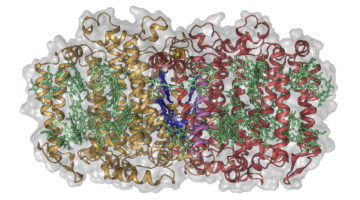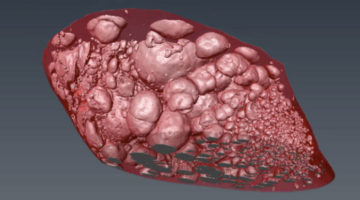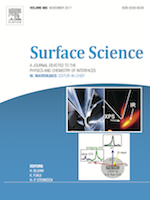Accurate assessment of the suitability of subsurface rock formations for CO2 containment requires a good understanding of fracture evolution. Researchers combined x-ray microtomography with advanced computer simulations to improve models of fracture development in carbonate-rich shale samples. Read more »![]()
![]()
All News & Updates
Provide Input on Beamlines for the ALS Upgrade
The ALS seeks input from the community on potential new and rebuilt beamlines to be included in the ALS-U Project. A series of online user forums is being held to provide project updates and solicit input. The next takes place on December 6 at 10 a.m. PT. Input is also being accepted through an online form. More information about the process and upcoming events can be found here. Read more »
NIH Grant Will Enhance Structural Biology Research Experience for ALS Users
A recently awarded National Institutes of Health (NIH) grant will help integrate existing structural biology resources at the ALS to better serve users. The funds will help establish a centralized collaborative mechanism, called ALS-ENABLE, that will guide users through the most appropriate routes for answering their biological questions. Read more »
Exploring the Roots of Photosynthesis in a Soil-Dwelling Bacterium
The bacterium, H. modesticaldum, is thought to have a photosynthetic reaction center resembling the earliest common ancestor of all photosynthesis complexes. Its molecular structure has now been solved, providing insight into the evolution of photosynthesis and how nature optimized light-driven energy collection. Read more »
PepsiCo Explores Future Food Products at the ALS
Global food and beverage giant PepsiCo has been using ALS tomography beamline 8.3.2 to understand more about the chemical structure and behavior of their starch-based snack foods, with the goal of creating a whole new category of snacks that consumers cook at home in their own microwaves. Read more »![]()
Scientists Solve a Magnesium Mystery in Rechargeable Battery Performance
Rechargeable batteries based on magnesium, rather than lithium, have the potential to pack more energy into smaller batteries. However, researchers have discovered a surprising set of chemical reactions involving magnesium that degrade battery performance even before the battery can be charged up. Read more »
The CRISPR Target-Recognition Mechanism
CRISPR-associated (Cas) proteins have revolutionized gene editing by vastly simplifying the insertion of short snippets of new (“donor”) DNA into very specific locations of target DNA. Now, researchers have discovered how the Cas proteins are able to recognize the target locations with such great specificity. Read more »![]()
![]()
CO Adsorption on Pd(100) Studied by Multimodal Ambient Pressure X-Ray Photoelectron and Infrared Reflection Absorption Spectroscopies
The first combined infrared spectroscopy and ambient-pressure XPS study was demonstrated at Beamline 11.0.2. The in situ vibrational and core-level spectroscopies in the Torr pressure range offer complementary information on the properties of surfaces and adsorbates while closing the pressure gap between laboratory measurements and applications. The multimodal spectroscopy also allowed the identification of the C 1s binding energy and quantification of an uncommon atop CO species on a Pd(100) surface. Read more »
Structure of Nanoscale-Pitch Helical Phases: Blue Phase and Twist-Bend Nematic Phase Resolved by Resonant Soft X-Ray Scattering
Resonant soft x-ray scattering (RSoXS) at the carbon K-edge was used to probe periodic structures of phases with orientational molecular order but homogeneous electron density distribution. This approach can be applied to structures with periodicities below the optical wavelength, to which neither optical nor classical x-ray diffraction techniques are sensitive. Read more »
Cast Your Vote in the “Science as Art” Competition
The ALS Science as Art Competition debuts next week at the User Meeting. The contest features scientific images and photographs that show the aesthetic side of ALS data and instrumentation. In addition to the in-person vote during the poster session on Oct. 2, everyone is invited to take part in the public vote. Cast your ballot by 4 p.m. PT on Oct. 3. Read more »
- « Previous Page
- 1
- …
- 101
- 102
- 103
- 104
- 105
- …
- 139
- Next Page »

